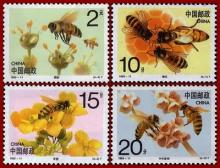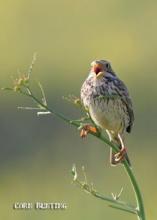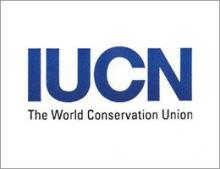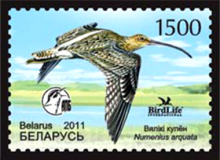Pesticide tests fail the bees
- Read more about Pesticide tests fail the bees
- Log in to post comments
Why have beekeepers been let down by our alleged system of pesticide-testing? Is it just sheer incompetence, or is there a growing conflict of interests? It is impossible to judge. But the question cannot be avoided: how could these notoriously weak tests, for assessing the risk which pesticides pose for bees, how could the wrong tests be used for almost twenty years, to justify licensing the latest generation of insecticides? Licensed since the early 1990s, the systemic neonicotinoids (Gaucho, Regent etc) were the focus of intense controversy before they were banned, at least partially, from the market. The latest neonicotinoid-based pesticide, ‘Cruiser’ (thiamethoxam), has recently been banned for use on oilseed rape in France; a decision challenged by Syngenta, the manufacturer. But the complete failure of the entire testing regime is far more troubling, because the risk-assessment tests were only recently revised and approved in 2010. The questions about this have not come from Greenpeace or Friends of the Earth, but from the European Food Safety Authority itself (EFSA) which has probably never endorsed such an embarrassing document. Released in late May, its 275 pages of technical text passed almost totally unnoticed by most people.










